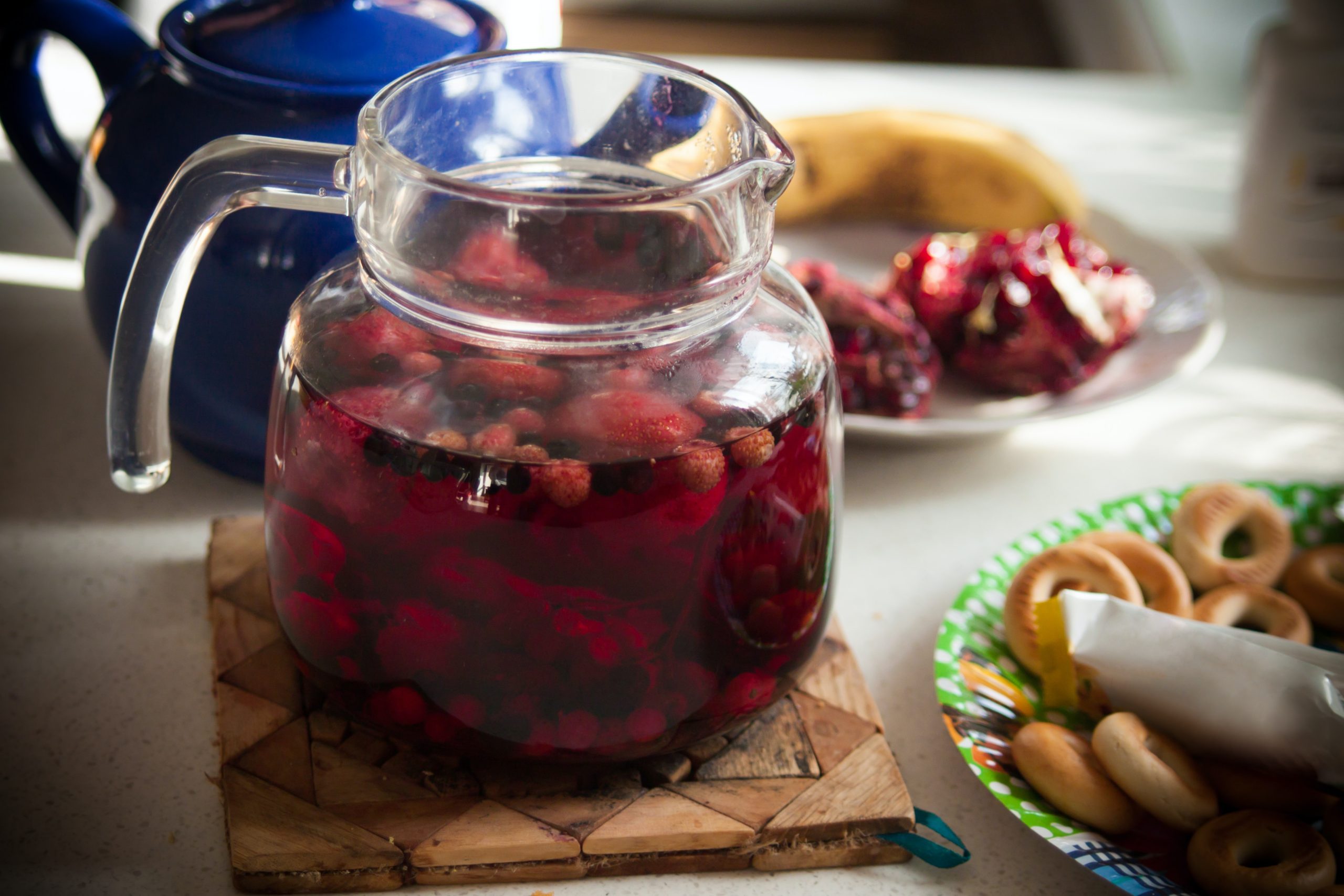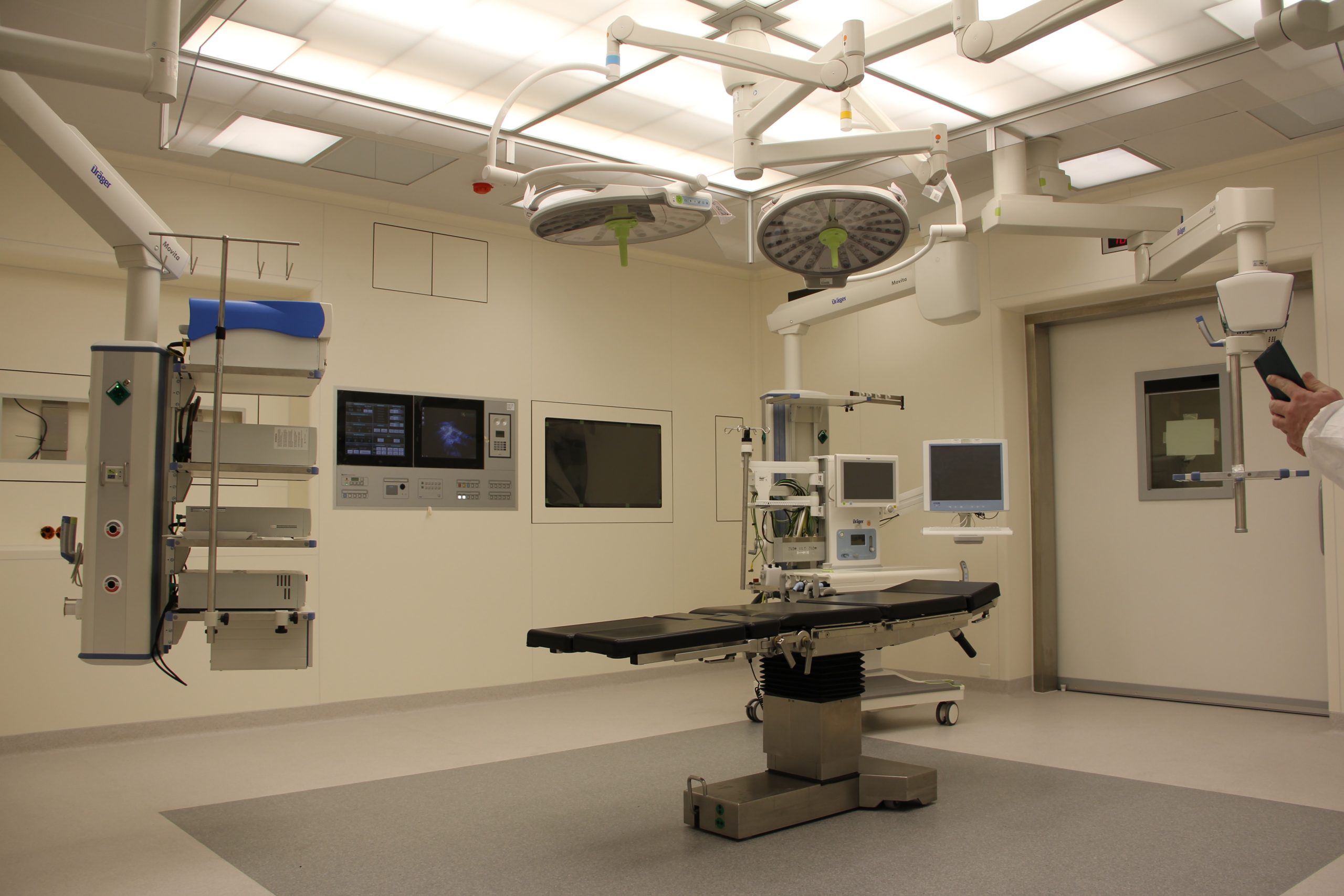Maintaining a healthy diet is important for everyone, but it’s especially crucial for those with kidney disease. A renal diet, also known as a kidney-friendly diet, can help manage symptoms and slow the progression of the disease. But eating well on a renal diet can be challenging, as it requires limiting certain nutrients while still getting the nutrients your body needs. Here are some tips and tricks for eating well on a renal diet.
- Know which foods to limit
One of the key aspects of a renal diet is limiting certain nutrients that can put strain on the kidneys. This includes sodium, potassium, and phosphorus. Sodium can raise blood pressure and cause fluid buildup in the body, while potassium and phosphorus can build up in the blood and cause further kidney damage.
To reduce sodium intake, it’s important to avoid processed foods, which are often high in sodium. Instead, opt for fresh or frozen fruits and vegetables, lean proteins, and whole grains. When cooking, try seasoning with herbs and spices instead of salt. You can also rinse canned foods, such as beans or vegetables, to reduce their sodium content.
When it comes to potassium and phosphorus, it’s important to talk to your doctor or a registered dietitian to determine how much of these nutrients you should be consuming based on your individual needs. In general, though, limiting foods like bananas, potatoes, dairy products, and nuts can help reduce potassium and phosphorus intake.
- Focus on nutrient-dense foods
When following a renal diet, it’s important to make every bite count. That means focusing on nutrient-dense foods that provide your body with the vitamins and minerals it needs without overloading it with excess nutrients. Some great choices include:
- Fruits and vegetables: Choose low-potassium options like berries, apples, green beans, and lettuce.
- Lean proteins: Opt for chicken, fish, and eggs instead of red meat, which is higher in phosphorus.
- Whole grains: Choose whole-grain bread, pasta, and rice over refined options.
- Healthy fats: Choose unsaturated fats like olive oil, avocados, and nuts instead of saturated or trans fats.
- Get creative with flavor
Following a renal diet doesn’t mean sacrificing flavor. In fact, by experimenting with herbs, spices, and other flavorings, you can make delicious meals that are also kidney-friendly. Some great options include:
- Herbs: Basil, cilantro, parsley, and thyme all add flavor without adding sodium.
- Spices: Cumin, turmeric, and ginger can add depth and warmth to your dishes.
- Vinegars: Balsamic, apple cider, and red wine vinegars can add tang and acidity without adding sodium.
- Pay attention to portion sizes
Even healthy foods can be harmful in excess. That’s why it’s important to pay attention to portion sizes when following a renal diet. Talk to your doctor or a registered dietitian about how much of each nutrient you should be consuming, and measure out your portions accordingly. You can also use visual cues, like a deck of cards for protein or a baseball for fruit, to help estimate portion sizes.
In conclusion, eating well on a renal diet requires some effort and planning, but it’s worth it to support your kidney health. By knowing which foods to limit, focusing on nutrient-dense options, getting creative with flavor, and paying attention to portion sizes, you can make delicious, kidney-friendly meals that support your overall health and wellbeing.










